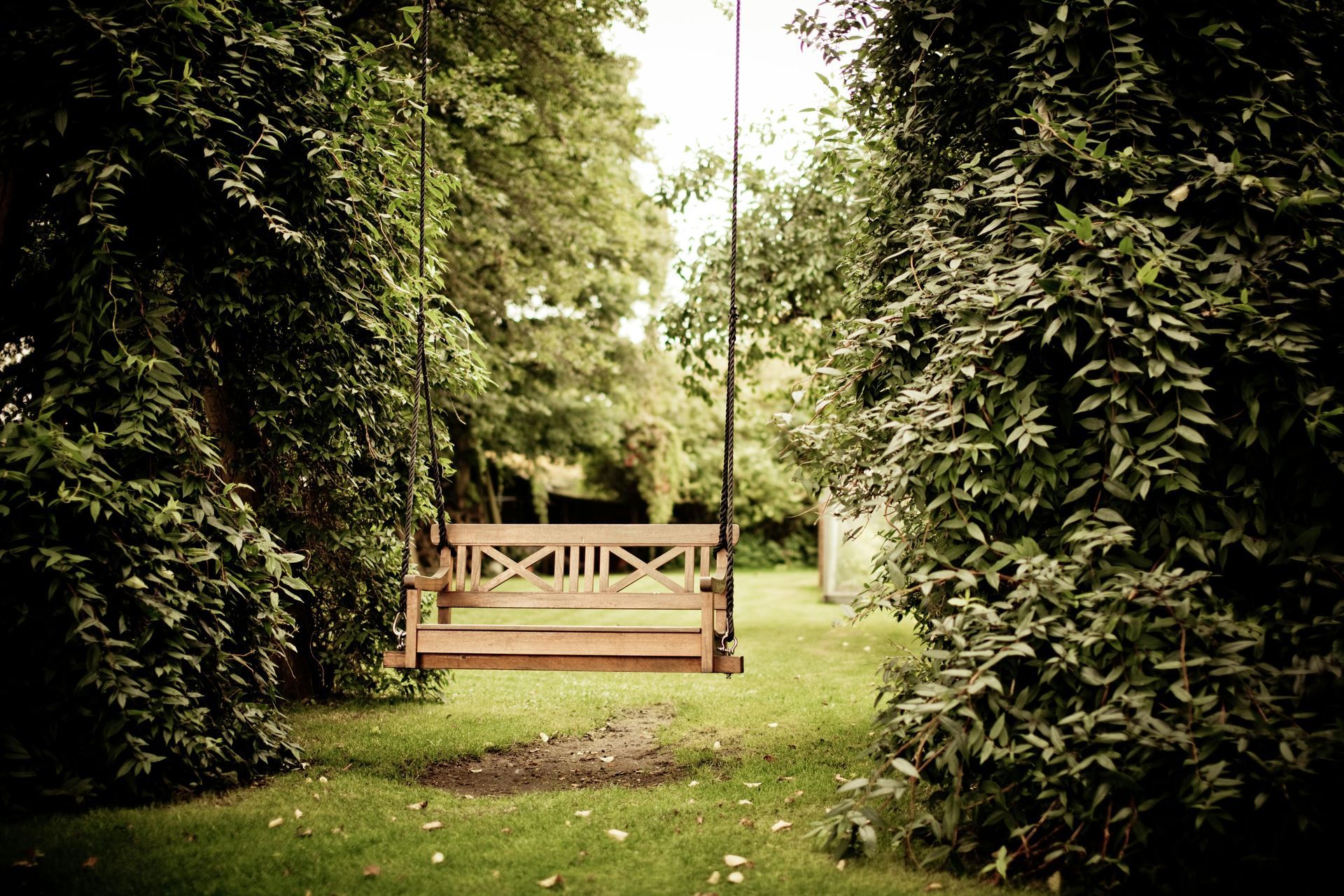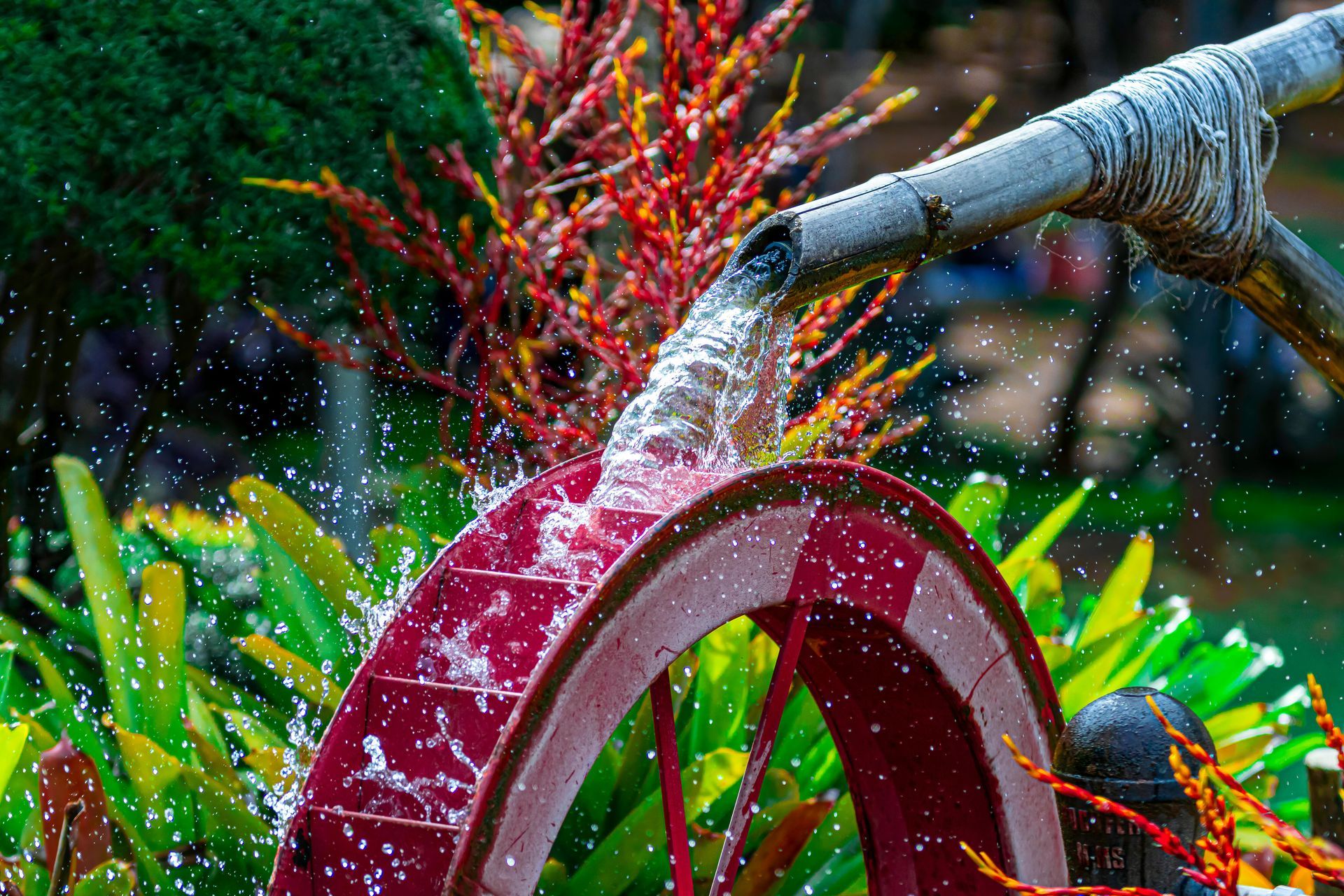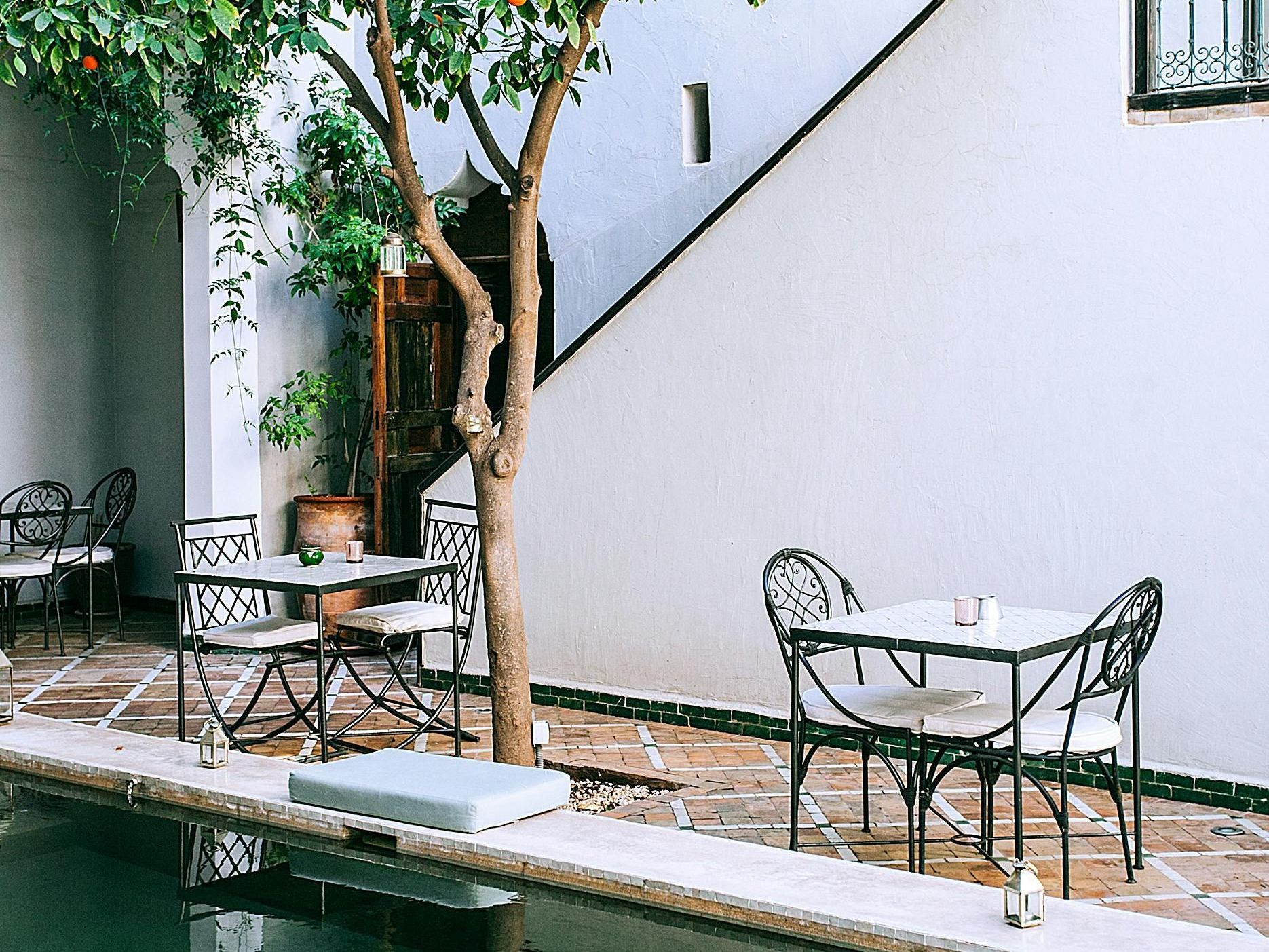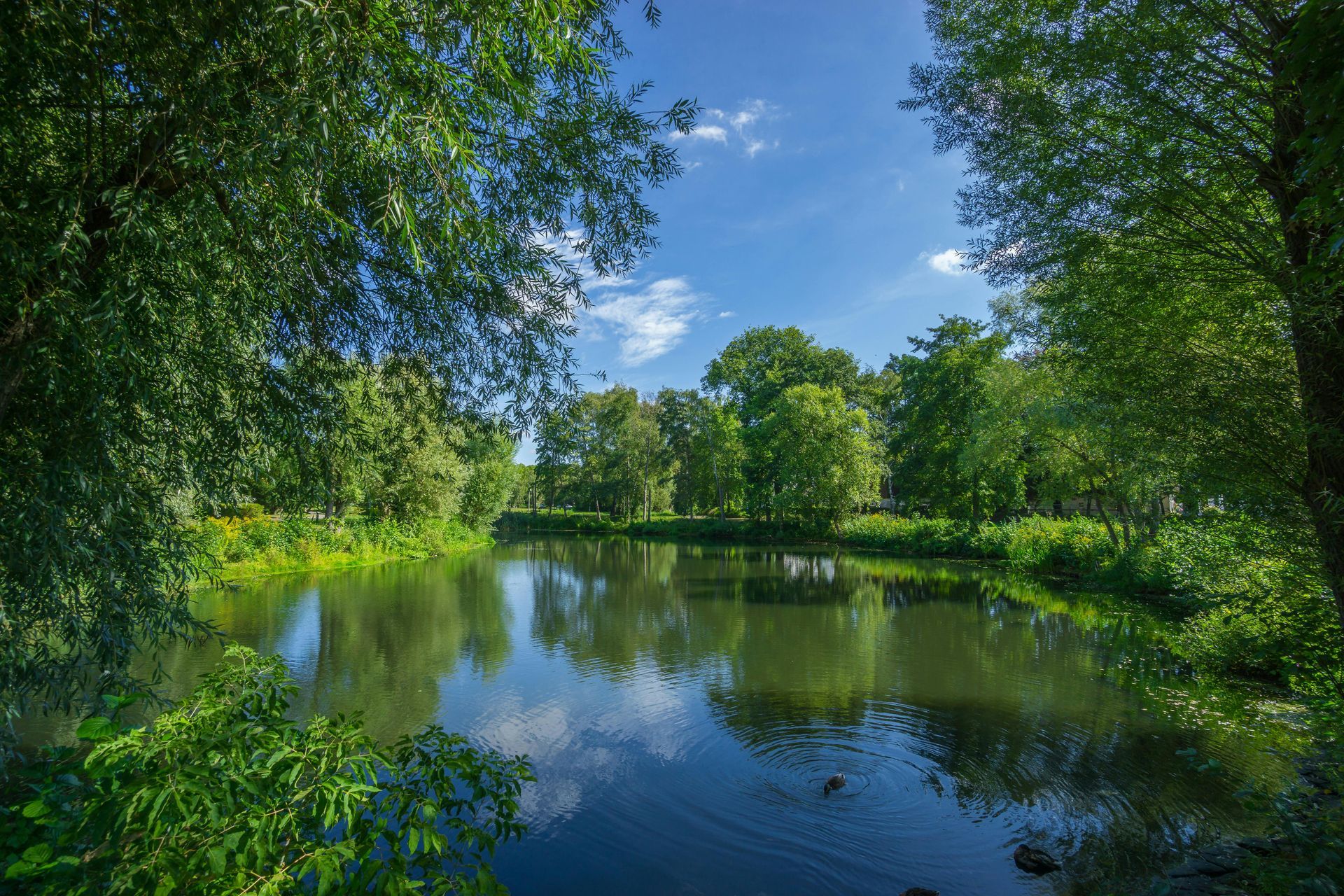Understanding Eco-Design: Principles and Theories
This is a subtitle for your new post
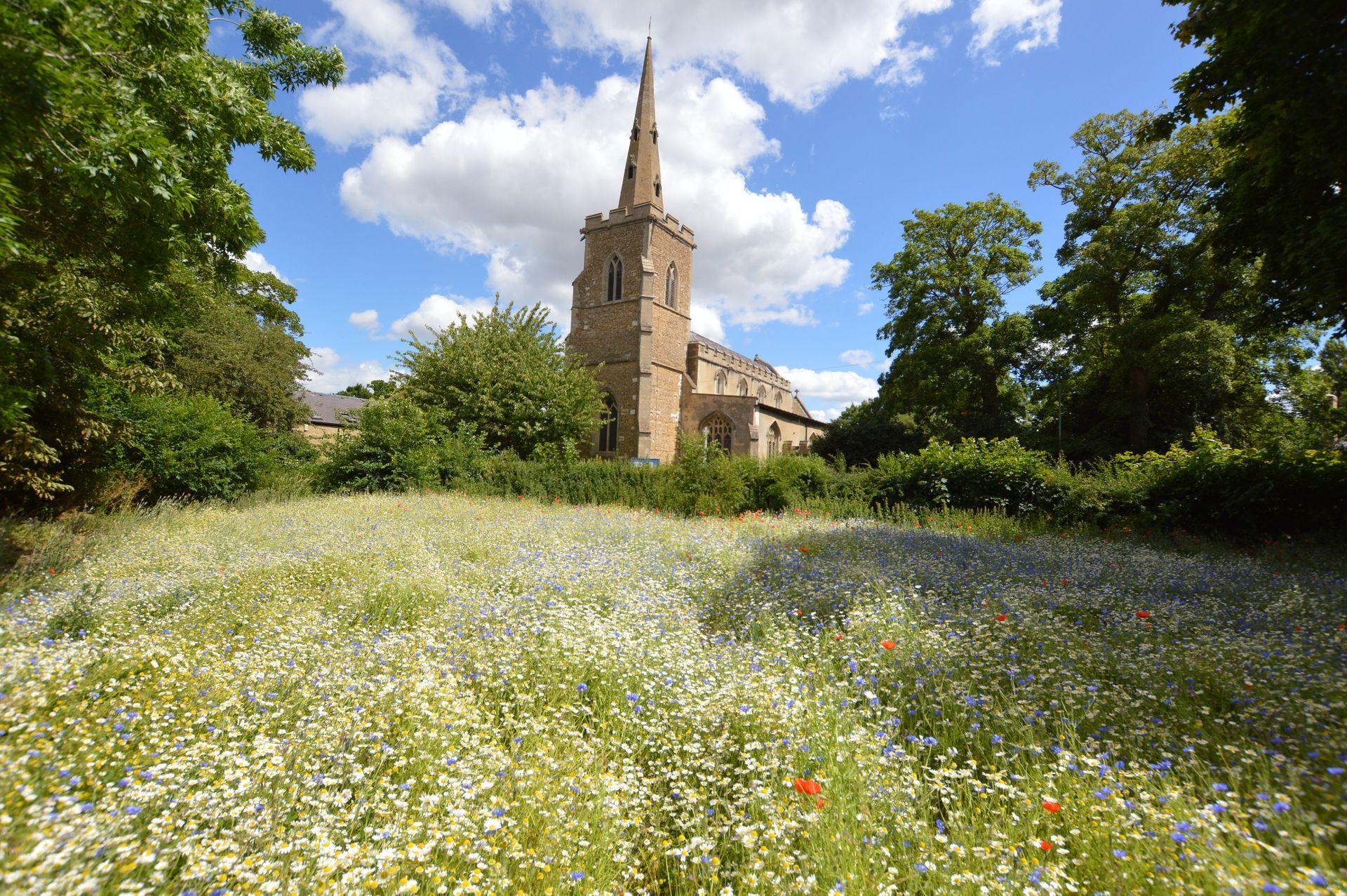
Understanding Eco-Design: Principles and Theories
At Teasels, we believe your garden can be more than just a beautiful space. It can be a vital part of a larger, living network that actively supports biodiversity and sustainability. This isn't just about aesthetics; it’s about creating dynamic, resilient ecosystems right outside your door.
1. Embrace Natural Processes
The core of eco-design lies in working with nature, not against it. This means embracing the dynamic, changing character of your garden through the seasons and according to the needs of wildlife. Rather than constantly tidying or controlling every aspect, eco-design encourages you to allow processes like leaf fall, seed dispersal, or wildflower spread to take their course. This less intervention, more observation approach helps your garden become a true haven for biodiversity.
• Rethink "Tidiness": The mindset is shifting towards appreciating "beauty in natural mess". Gardens can look "wild" but still function powerfully for wildlife. Benny's "Garden of Imperfection" embraces this, being "extremely rough around the edges" with an endless list of undone tasks. Leaving deadwood, branch piles, and leaf litter creates crucial habitats for insects and other creatures, echoing "old school ways" now scientifically understood.
• Observational Stewardship: Instead of rigid control, aim for "editing, nurturing, and guiding along". This "mixed strategy" allows natural elements like hazel tunnels to retain their structure while still being managed. It's about "holding your nerve" and allowing nature to balance itself, even through what might appear as "outbreaks". When you don't know what to do, "don't do anything".
• Design for Evolution: Understand that a biodiverse garden evolves year one, year two, and into tens of years, initially appearing "patchy" rather than instantly "photogenic". This continuous evolution is its strength, mimicking natural succession. Embrace "interventions" as part of ongoing "editing and steering" rather than rigid "maintenance tasks".
• Create Diverse Microhabitats: Just like in nature, biodiversity comes from complexity. This includes creating mosaic habitats through varied topography and substrates. Even small areas of bare soil are essential for ground-nesting bees. Utilize diverse materials like crushed brick, concrete, and waste sands to create urban "shingle" or "mounds," offering different conditions that attract a wider array of species.
• Intentional Wildness: Allow blocks of "undesirable" plants like dandelions or hogweed to grow to a decent size, showing intention and creating a more natural aesthetic and resource for wildlife. Even a "long grass mini meadow" with a mown "short fringe" can demonstrate clear intent and be embraced by the public, especially with educational signage.
2. Reduce Chemical Inputs
Sustainable gardening relies on organic methods: say no to pesticides, herbicides, and artificial fertilisers wherever possible. This principle underpins the commitment to avoid harmful chemicals, particularly glyphosate, to protect pollinators and soil health.
• Break the Vicious Cycle: Pesticides, including neonicotinoids and ingredients like cypermethrin, destroy natural predators (like hoverflies, lacewings, and ladybirds), creating a dependence on chemicals that ultimately harms the ecosystem. The horticultural industry needs to move away from the mindset of "killing nasty bugs".
• Harness Natural Controls: Instead, foster healthy soils, companion planting, and natural predators to keep pests in check. Regenerative farming principles, such as not disturbing the soil, keeping a living root in the soil, and integrating livestock, build soil health and reduce the need for external inputs. Practices like pasture cropping allow for cereal growth without pesticides or fertilizers.
• The Power of Soil Biology: Changes in soil biology, specifically balancing fungal to bacterial ratios, can reduce weed burden naturally. Biodynamic farming, which goes "beyond organic," uses compost brews and teas to enrich soil and support plant growth without artificial fertilizers.
• Conscious Plant Sourcing: Be aware that plants purchased, even those labeled "bee-friendly," may contain pesticides. Prioritize seeded landscapes and inquire about the provenance of plants to ensure they are free from harmful chemicals from the supply chain.
• Community-Level Action: Local councils are leading by example, with initiatives like East Suffolk Council's 45% reduction in glyphosate spraying. This protects ground-nesting bumblebees and hibernating insects that use the bases of structures for shelter.
3. Overall Goal/Vision
By adopting the principles and theories of eco-design, you are creating spaces that restore native wildlife, enrich soil, and delight the senses year-round. You are also joining a movement across the region for Cambridge gardening for biodiversity, where gardens become stepping stones for nature and beacons of sustainability.
• Beyond Aesthetics: Function for Wildlife: The goal is to create gardens that not only look good but truly function for wildlife. This involves understanding the full lifecycle of creatures and ensuring your garden supports all its components, creating "permeable boundaries" to allow wildlife movement between spaces, viewing gardens as a "jigsaw of habitats".
• A "Rolling Buffet" of Life: Aim for a "rolling buffet" of flowers and nectar throughout the seasons to support pollinators and other insects. By encouraging a "mixed sward" with diverse plants, you create year-long habitat for various invertebrates, supporting a wider food web.
• The Importance of Invertebrates: A high diversity and biomass of invertebrates is an incredibly good indicator of overall landscape biodiversity, as "all your glamorous stuff kind of comes in on the back of invertebrates". We are facing massive declines of insects, with potentially 40% of species becoming extinct by 2050 if action isn't taken.
• Connecting the Landscape: Individual gardens act as crucial "stepping stones" or "corridors", linking larger bioregions and contributing to wider nature recovery networks. The "power of edge" is vital in defining these spaces and supporting diverse ecological activity.
• Valuing All Spaces: Don't just protect the "picture-postcard" meadows; "scrappy bits of land", including brownfield sites, can be incredibly biodiverse. Urban structures like buildings can become "missed opportunities" for nature; green roofs and vertical greening can transform them into active ecological habitats, not just inert "green graphics".
• Beyond Biodiversity Net Gain: While Biodiversity Net Gain (BNG) is a measurement tool, aim for a broader "suite of objectives" that includes climate change mitigation, improved public health, and pleasant spaces for people. The Urban Greening Factor (or Green Space Factor) can be more effective for achieving broad greening in urban areas.
• Circular Economy and Resourcefulness: Eco-design emphasizes circular processes and making better use of waste materials. This includes using recycled construction waste as substrate, which not only provides habitat but also reduces the carbon footprint associated with new materials.
• Education and Engagement: Clear communication and education are essential for public acceptance and engagement. Initiatives like "No Mow May" and signage like "Excuse the weeds, we're feeding the bees" make complex ecological ideas accessible and inspire action. It's about empowering people to understand and connect with nature, even if it seems "weirdly new" in cities.
• Collaboration and Expertise: Success relies on interdisciplinary collaboration between designers, ecologists, horticulturists, planners, and community groups. Experts can provide crucial insights and guidance, ensuring designs are effective and contextually appropriate.
Creating Your Eco-Designed Garden
At Teasels, we specialise in designing gardens that celebrate local biodiversity and reflect the true spirit of eco-design. Our practice is rooted in organic methods, patient observation, and plantings that support vibrant ecosystems. If you are ready to explore Cambridge design for sustainability or simply want advice on making your space more nature-friendly, we are here to help.
• Holistic Approach: Our designs consider everything from the largest tree to the smallest soil microbe. We integrate sustainable drainage systems (SuDS) that enhance water quantity, water quality, amenity, and biodiversity, turning what could be a "slimy hole" into a vibrant feature. We also incorporate features like drilled bee posts and sand mounds for solitary bees, inspired by John Little's work.
• Thoughtful Material Use: We advocate for using waste materials and low-nutrient substrates to create diverse, resilient environments, drawing inspiration from pioneers like John Little. This reduces carbon footprint and enhances biodiversity.
• Connecting to the Wider Landscape: We frame garden designs within "bigger narratives" of soil health, carbon sequestration, and regional nature recovery networks, transforming individual spaces into vital links in a larger ecological tapestry.
• Continuous Learning and Adaptation: Our approach is informed by patient observation and a willingness to learn from successes and failures. We believe in an "endless task of things to do," constantly adapting and improving our methods.
• Empowering Clients and Gardeners: We guide clients to understand the evolutionary journey of their garden, fostering a sense of stewardship rather than strict control. We value the input of gardeners and the community, recognizing their crucial role in long-term care and observation.
• Beyond the "Show Garden" Illusion: We aim to provide realistic expectations, moving away from the "glossy snapshot" of magazines to a genuine understanding of how gardens develop and function over time, considering factors like man-hours, CO2 footprint, and chemical inputs
